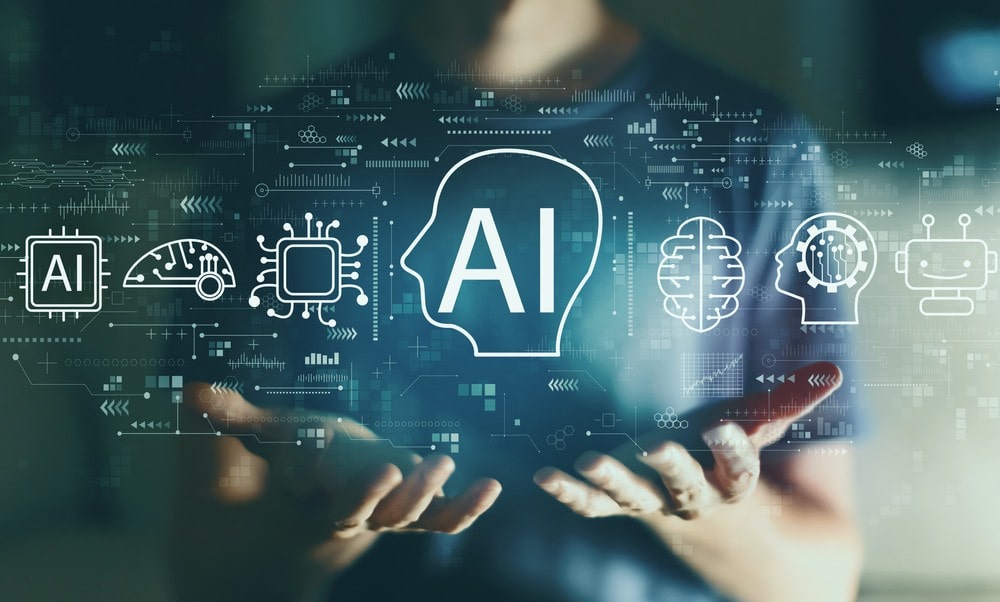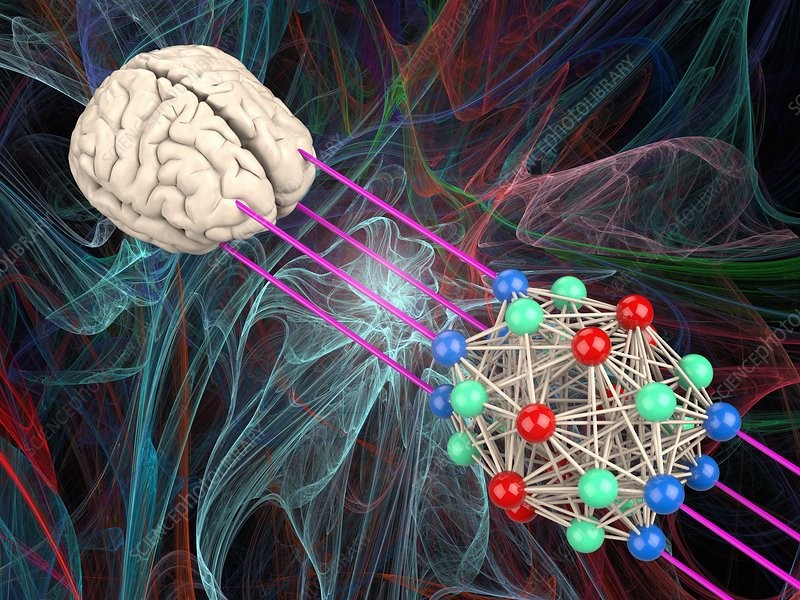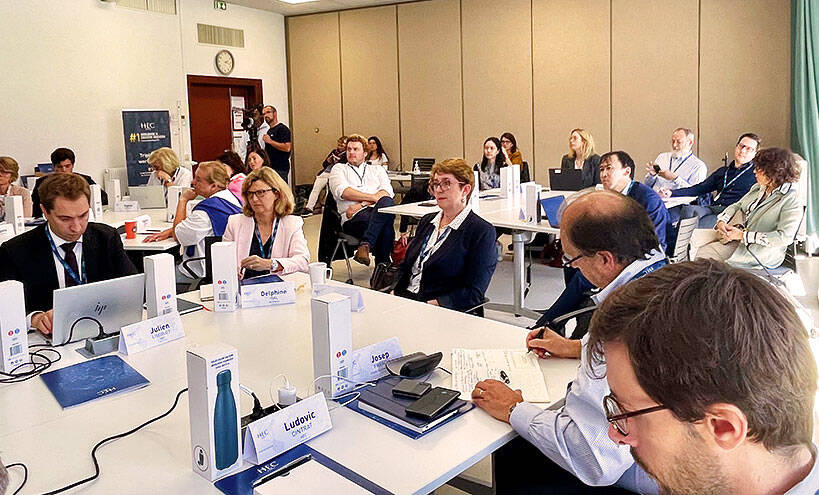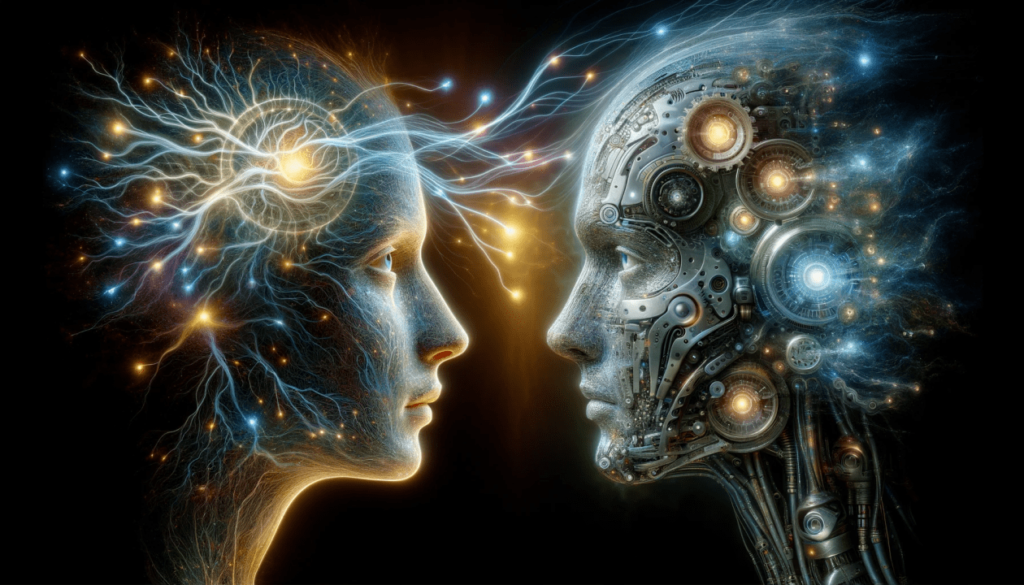“From the intricate social networks of ants to the majestic flight of eagles, nature has long been a source of inspiration for human innovation. The boundaries between technology and biology are blurring in a revolutionary field: Biologically Inspired AI. By mimicking nature’s ingenious solutions, scientists are creating intelligent machines that can adapt, learn, and evolve like living organisms. Join us on a journey to explore the fascinating world of Biologically Inspired AI, where the future of technology is unfolding.”Biologically Inspired Ai
Evolutionary Problem-Solving: How AI Learns from Natural Selection

In the grand tapestry of life, natural selection has woven an intricate pattern of adaptation and survival. For centuries, humans have marveled at nature’s ingenuity, and now, AI researchers are tapping into this wisdom to create intelligent machines that can evolve and improve over time.
One remarkable example is the evolution of the finch population on the Galapagos Islands. In response to changing environmental conditions, the finches’ beak shapes adapted to optimize food gathering. Similarly, AI systems can be designed to evolve and adapt to new challenges through simulated natural selection.
For instance, Google’s DeepMind used evolutionary algorithms to develop an AI that learned to play complex video games like StarCraft II. The AI “evolved” through generations of trial and error, refining its strategies to outmaneuver human opponents.
In another example, researchers at MIT used natural selection-inspired AI to optimize the design of wind turbines. By simulating the evolution of turbine shapes, they discovered more efficient designs that increased energy production.
By embracing the principles of natural selection, AI systems can learn to:
- Adapt to changing environments
- Optimize complex problems
- Evolve creative solutions
As we continue to explore the frontiers of Biologically Inspired AI, we may uncover even more innovative ways to harness the power of natural selection. The future of AI is evolving, and it’s an exciting journey to be a part of!
Unlocking AI’s Potential through Natural Selection

In the grand laboratory of life, natural selection has perfected the art of adaptation. For centuries, humans have marveled at nature’s ingenuity, and now, AI researchers are harnessing this wisdom to create intelligent machines that can evolve and improve over time.
By emulating the process of natural selection, AI systems can:
- Learn from experience and adapt to new challenges
- Evolve innovative solutions to complex problems
- Develop resilience and robustness in the face of uncertainty
Real-life examples of this approach include:
Robots that Evolve to Walk: Researchers at the University of Wyoming used natural selection-inspired algorithms to develop robots that learned to walk and navigate obstacles.
AI-Driven Antibiotic Discovery: Scientists at MIT leveraged evolutionary principles to discover new antibiotics, simulating the evolution of bacterial resistance to identify novel compounds.
Evolving Art: Karl Sims’ AI-generated artwork showcases the creative potential of natural selection, where vibrant patterns emerge through a process of mutation and selection.
As we explore the frontiers of Biologically Inspired AI, we’re uncovering new ways to apply the principles of natural selection to machine learning. By embracing this evolutionary approach, we may unlock the secrets to creating AI systems that can adapt, learn, and evolve alongside us, leading to breakthroughs in fields like healthcare, robotics, and beyond.
Decoding the Human Brain: Neural Networks and Cognitive Architectures

The human brain is a mysterious realm of wonder, with billions of neurons firing in harmony to create the essence of human experience. Inspired by this intricate complexity, AI researchers are developing neural networks and cognitive architectures that mimic the brain’s remarkable abilities.
These innovative systems enable AI to:
- Learn from experience and adapt to new situations
- Recognize patterns and make decisions with uncanny accuracy
- Understand and generate human-like language with unprecedented fluency
Real-life examples of this technology include:
Google’s Brain-Inspired AI: Neural networks that recognize objects and navigate complex environments, paving the way for autonomous vehicles.
MIT’s Cognitive Robotics: Robots that learn from experience and adapt to new tasks, blurring the lines between human and machine.
Mind-Controlled Prosthetics: Neural networks that enable prosthetic limbs to be controlled by the user’s thoughts, revolutionizing the lives of amputees.
As we continue to unravel the mysteries of the human brain, we’re creating AI systems that can think, learn, and adapt in ways previously unimaginable. By decoding the brain’s secrets, we may unlock the potential for machines that can truly harmonize with human intelligence.
The Collective Genius of AI: Learning from the Power of the Group

In the natural world, collective behavior is a remarkable phenomenon. From the synchronized movements of starlings to the cooperative hunting of lions, groups of individuals working together can achieve extraordinary feats. Now, AI researchers are harnessing this collective genius to create intelligent machines that can learn, adapt, and respond to complex situations.
By studying the collective behavior of living organisms, AI systems can:
- Develop robust problem-solving strategies
- Learn to adapt and respond to changing environments
- Understand and mimic the intricate social dynamics of human groups
Swarm Intelligence in Robotics:
Researchers at the University of Colorado developed AI-powered robots that learn to work together, mimicking the collective behavior of insects to achieve complex tasks.
Flocking Behavior in Autonomous Vehicles: Scientists at MIT created an AI system that enables self-driving cars to learn from the collective behavior of flocks, improving safety and efficiency on the road.
Collective Decision-Making: The Collective Decision-Making platform uses AI to analyze and learn from the collective behavior of human groups, enabling applications like smart crowd management and collaborative problem-solving.
Hybrid Intelligence: Unleashing the Power of Biological Inspirations
In the pursuit of creating intelligent machines, AI researchers are turning to nature’s playbook. By combining insights from biology, neuroscience, and cognition, scientists are developing hybrid AI systems that can learn, adapt, and respond like living organisms.
This fusion of biological inspirations enables AI to:
- Harness the strengths of multiple disciplines to solve complex problems
- Develop innovative solutions that mimic nature’s efficiency and resilience
- Understand and replicate the intricate dynamics of human intelligence
Bio-Inspired Robotics:
Researchers at Harvard University combined insights from neuroscience and biology to create robots that can learn to walk and adapt to new environments.
Cognitive-Swarm AI:
Scientists at the University of Oxford developed an AI system that integrates cognitive architectures with swarm intelligence, enabling machines to learn from collective behavior.
Evolutionary-Neural Networks:
The Evolutionary-Neural Networks platform combines evolutionary algorithms with neural networks, allowing AI to evolve and adapt like living organisms to solve complex problems.
As we continue to unlock the secrets of biological inspirations, we’re creating machines that can think, learn, and respond like humans. By embracing the diversity of nature’s intelligence, we may uncover innovative solutions to some of humanity’s most pressing challenges.
Biologically Inspired AI: Unlocking Human-Like Intelligence

The human brain is a masterpiece of evolution, capable of incredible feats of perception, understanding, and interaction. By drawing inspiration from its workings, researchers are creating biologically inspired AI systems that can see, comprehend, and engage with the world in ways that were previously the exclusive domain of humans.
Computer Vision: The Eyes of AI
Biologically inspired AI is transforming computer vision, enabling machines to:
- Recognize patterns and objects with remarkable accuracy
- Understand complex scenes and contexts with ease
- Learn from experience and adapt to new environments with agility
Real-life examples include:
- Microsoft’s Azure Machine Learning: Developed an AI system that can recognize objects in images with unprecedented accuracy, rivaling human-level performance.
- Tesla’s Autopilot: Uses biologically inspired AI to enable self-driving cars to recognize and respond to their surroundings.
Natural Language Processing (NLP): The Voice of AI
Biologically inspired AI is also revolutionizing NLP, enabling machines to:
- Understand the nuances of human language with remarkable precision
- Generate human-like text and speech with ease
- Learn from context and adapt to new situations with flexibility
Real-life examples include:
- Google’s Assistant: Uses biologically inspired AI to understand and respond to voice commands, creating a seamless and natural interaction experience.
- Amazon’s Alexa: Developed an AI system that can understand and respond to voice commands, making smart homes more intuitive and convenient.
Beyond Computer Vision and NLP: Biologically Inspired AI in Action
- Robotics: Enabling robots to learn from experience and adapt to new environments with agility.
- Healthcare: Developing AI systems that can understand and respond to complex medical data with precision.
Biologically Inspired AI: The Future of Intelligence
As we venture further into the realm of biologically inspired AI, we’re witnessing the emergence of groundbreaking trends and possibilities. From brain-computer interfaces to neural networks that mirror the human brain, the future of AI is becoming increasingly intertwined with the intricacies of life itself.
Merging Humans and Machines: Brain-Computer Interfaces
Brain-computer interfaces (BCIs) are revolutionizing the way we interact with technology, allowing people to control devices with their minds. Real-life examples include:
- Neuralink’s Neurotechnology: Elon Musk’s innovative company is developing BCIs that can read and write neural signals, potentially treating medical conditions and enhancing human cognition.
- BrainGate’s Restorative Technology: A BCI system that empowers paralyzed individuals to control computers and robots with their thoughts, restoring communication and independence.
Cognitive Architectures: The Rise of Neural Networks
Neural networks are evolving to mimic the human brain’s cognitive abilities, enabling AI systems to learn, reason, and adapt like humans. Examples include:
- Google’s Cognitive Architecture: A neural network that can learn and apply knowledge across multiple tasks, mirroring human cognition.
- Microsoft’s Brain-Inspired AI: A cognitive architecture that enables AI systems to learn and adapt in complex environments.
Engineering Life for AI: Synthetic Biology
Synthetic biology is emerging as a new frontier in biologically inspired AI, enabling the design and engineering of biological systems to interact with AI. Examples include:
- Genetic Programming: A technique that uses genetic code to evolve AI algorithms, blurring the lines between life and machine.
- Biological Sensors: Synthetic biological systems that can detect and respond to environmental stimuli, enabling new applications in healthcare and environmental monitoring.
The Future of Biologically Inspired AI: Endless Possibilities
As biologically inspired AI continues to evolve, we can expect significant advancements in areas like:
- Personalized Medicine: AI systems that can learn and adapt to individual genetic profiles, enabling tailored treatments and therapies.
- Cognitive Enhancement: AI-powered tools that can enhance human cognition and productivity, revolutionizing the way we work and learn.
However, it’s crucial to address challenges like ethical considerations, data privacy, and AI safety to ensure that biologically inspired AI benefits humanity.


okay
Good content
Good content 💯
thanks